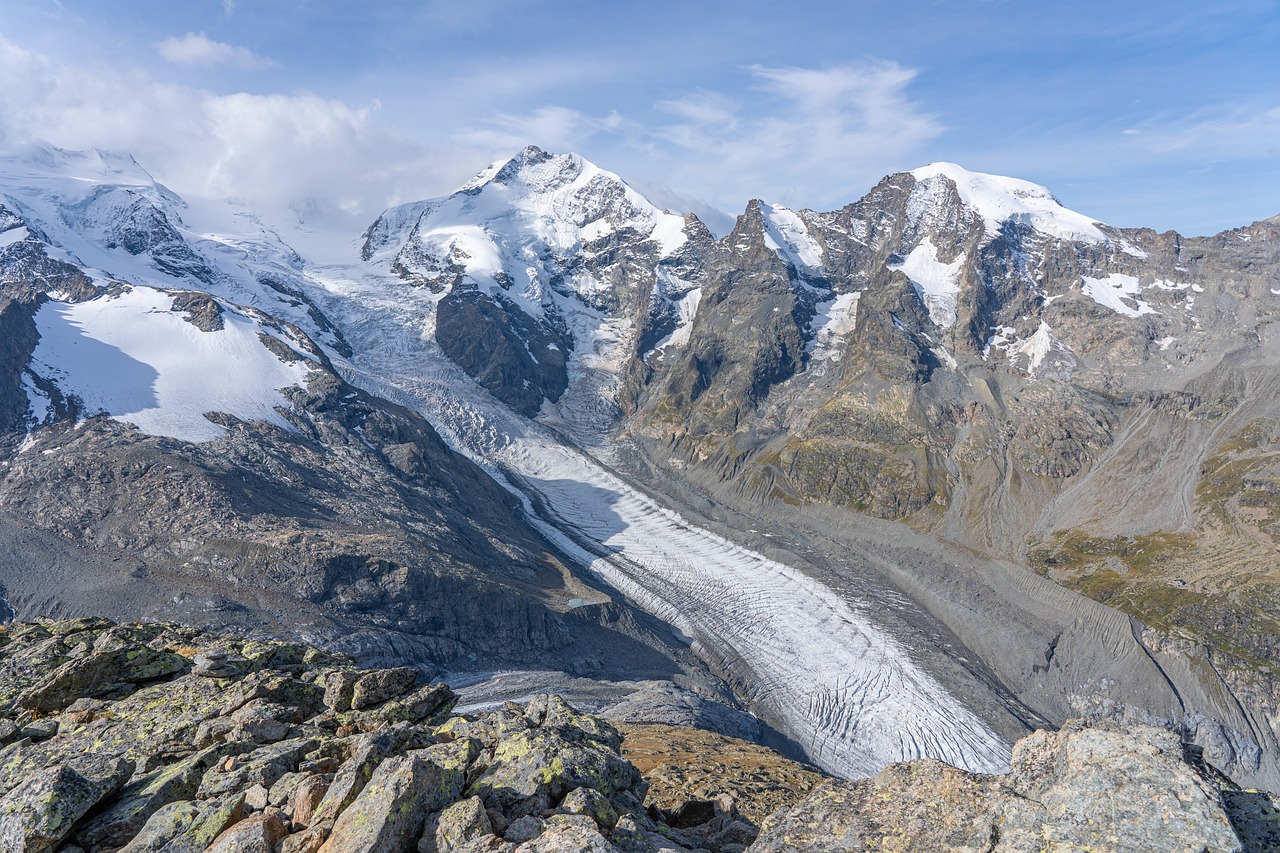Attachments
Note: Not all attachments are visible to the general public. Research URLs will go live after the embargo ends.

Research
Springer Nature, Web page
Please link to the article in online versions of your report (the URL will go live after the embargo ends).
Journal/
conference: Nature
conference: Nature
Research:Paper
Organisation/s:
University of Zurich, Switzerland
Funder:
This study was carried out as a
community effort, which was enabled by support from the European Space Agency (ESA)
project GlaMBIE (4000138018/22/I-DT), with additional contributions from the International
Association for Cryospheric Sciences (IACS) for the GlaMBIE workshops, and from the
following projects of participants: A. Bhattacharya: ANRF(CRG/2021/002450), Department of
Science and Technology (DST), India; E.B.: TOSCA programme from the French Space Agency
(CNES); J.B. and W.C.: PROMICE and GC-Net, Danish Ministry of Climate, Energy and Utilities;
T.B.: Kazakhstan Program of Targeted Financing of Scientific Research (BR18574176); C.F.: Land
Change Science Program of the US Geological Survey (USGS); A.G. and J.N.: ITS_LIVE Project
within NASA MEaSUREs Program; S.A.K. and W.C.: Center for Ice Sheet and Sea Level
Predictions, Novo Nordisk Foundation (NNF23OC00807040); C.-Q.K.: National Natural
Science Foundation of China (41830105 and 42011530120); O.K.: Natural Environment
Research Council (NE/X004031/1); B.M.: Natural Sciences and Engineering Research Council
of Canada and Tula Foundation; T. Seehaus: Living Planet Fellowship (4000-130725/20/I-NS)
from the European Space Agency (ESA); D.T.: ESA Glaciers_cci+ (4000-127593/I-NB) and
Research Council of Norway (MASSIVE, 315971; SNOWDEPTH, 325519); H.Z.: European
Research Council (European Union’s Horizon Framework research and innovation programme,
101115565) and Research Foundation – Flanders (FWO; Odysseus Type II; G0DCA23N); M.Z.
and S.U.N.: Federal Office of Meteorology and Climatology (MeteoSwiss) within the framework
of GCOS Switzerland; W.Z.: National Science and Technology Council of Taiwan (112-2628-M008-006)



 New Zealand; International
New Zealand; International


